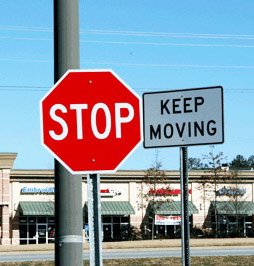- Principal steps in a Sample Survey
Sample survey techniques have now come to be used widely as an organized and established fact-finding instrument and it is, therefore, essential to describe briefly the main steps which are involved in a sample survey. Some of the main steps to be included are given as follows:
- I. Statement of objectives
- II. Definition of population to be studied
- III. Determination of sampling frame and sampling units
- IV. Selection of proper sampling design
- V. Summary and analysis of data
- Statement of Objectives
In a sample survey, the first step is to lay down a clear statement of objectives of the survey. The user should ensure that these objectives are commensurate with available resources in terms of expenditure of money, manpower and the time limit of the survey.
- ii. Definition of Population
The population from which the sample is to be drawn should be defined in clear and unambiguous terms. For example, to estimate the average yield per plot for a crop, it is necessary to define the size of the plot in clear terms. The sampled population (population to be sampled) should coincide with the target population (population about which information is required). The demographic, geographical condition, administrative and other boundaries of the population must be specified so that there remains no ambiguity regarding the coverage of the survey.
- iii. Determination of Sampling Frame and Sampling Units
The main requirement of sample surveys is to fix up the sampling frame, i.e., the list of all sampling units with reference to which relevant data are to be collected. It is the sampling frame which determines the sampling structure of a survey. A sampling frame is the key note around which the selection and estimation procedures revolve. The population should be capable of division into units which are distinct, unambiguous and non-overlapping and cover the entire population.
- iv. Selection of Proper Sampling Design
If an appropriate sampling design is selected, the final estimates will be quite reliable. The size of the sample, procedure of selection and estimation of parameters along with the amount of risk involved are some of the important statistical aspects which should receive careful attention. If a number of sampling designs for taking a sample are available, then to total risk, i.e., the cost and precision, should be considered before making a final selection of the sampling design.
- v. Organisation of Field Work
The achievement of the aims of a sample survey depends to a large extent on reliable field work. If field work is done genuinely, sincerely and according to the instructions laid down and if there is careful supervision of field staff, there remains no doubt about achieving the aims of the sample survey. It is, therefore, necessary to make provisions for adequate supervisory staff for inspection of field work.
- vi. Summary and Analysis of Data
- In a sample survey, the final step of the analysis and drawing inferences from a sample to a population is a very vital and fascinating issue. Since the results of the survey are the basis for policy making, it is the most essential part of the sample survey and should be handled carefully.
- The analysis of the data collected in a survey may be broadly classified as follows:
- I. Scrutiny and editing of the data
- II. Tabulation of data
- III. Statistical analysis
- IV. Reporting and conclusions
- Finally, a report of the findings of the survey, suggesting required actions to be taken, should be written.
Click here for government certification in Statistics and Quality





3 Comments. Leave new
Good effort!
Good work..!
Well explained!!